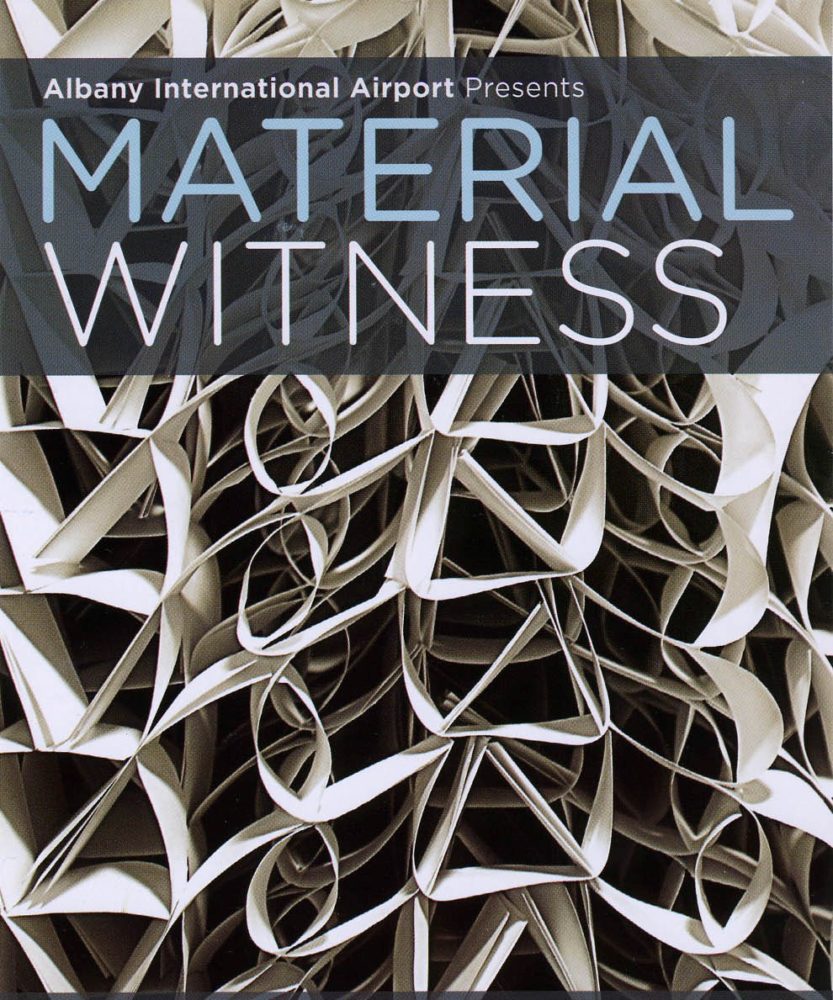

Each transformation is designed to serve human needs: to increase biomass, reduce food insecurity or sequester carbon. Newer forms of domestication are still emerging as rural landscapes are turned into fields of solar panels, coastlines into concrete seawalls, and former deserts into forests. But this is not a process that belongs to the distant past. It also transformed whole landscapes, as people learned to domesticate forests, grasslands, jungles and coastlines. Domestication turned wild sheep species into livestock, wolves into pets, and weeds into cereal crops. We often conceive of domestication as a process involving humans taming, penning or manipulating animals and plants. Among the fallen oak, hazel, elm and ash, a trap had been sprung. Among the first forest clearings, we see early humans engaging in a new form of worldmaking, unaware that in some distant future this changed landscape would lock its domesticators into trajectories of care and maintenance from which it will become almost impossible to escape. But this is not just another tale of how our species radically transforms its environment. Inside the forest, we witness a small, flammable shrub becoming a key resource that will one day cover millions of hectares across northern Europe, forming a colossal belt of heathlands stretching from Portugal to Ireland, and all the way up to the Lofoten archipelago in Norway. Reconstructing moments like these – via pollen records and charred plant materials in archaeological excavations – allows us to tell a unique story about human-changed landscapes. Heather naturally occuring on the forest floor east of Silkeborg, central Jutland, Denmark. This clearing will allow the survival of the herd. What those shoots promise is a new horizon of pastoral possibility: when winter comes, and other resources dwindle, green and nutritious heather will be thriving here. It is as if the plant is quietly whistling: ‘Burn me!’ Next year, once the last of the fallen trees have been hauled away and the fires in the clearing have been extinguished, new heather shoots will grow in these expanding patches of burned sun-lit pasture. Oil in the heather’s shiny leaves – lustrous with fire-loving resin – bursts when ignited, and its dormant seeds begin to awaken in the flames. Grey smoke hangs beneath the crowns of standing trees. The smell of its burning leaves fills the air.ĭeeper in the woods, nomadic Neolithic pastoralists are setting fires. Down here, among sun-starved grasses and shrubs, is a little plant that will one day be called hæddre or heather. As more trees fall, light pours onto wildlife and plants in the underwood. When we move, we follow passageways made by trunks and branches: here, impassable there, pliable and yielding. We can barely make out their contours through the trees. We are watching the making of a forest clearing, 5,000 years ago, somewhere near western Jutland in modern-day Denmark.īeneath a dense weave of oak, hazel, elm and ash is a landscape of gentle hills. Someone is calling, but their voice is drowned out by cracking in the underwood – another tree is falling. Each strike cuts deeper into the layers of a tree trunk, rhythmically interrupting the chattering of birds and the hum of swarming insects. Steady blows from flint axes echo through the forest.


 0 kommentar(er)
0 kommentar(er)
